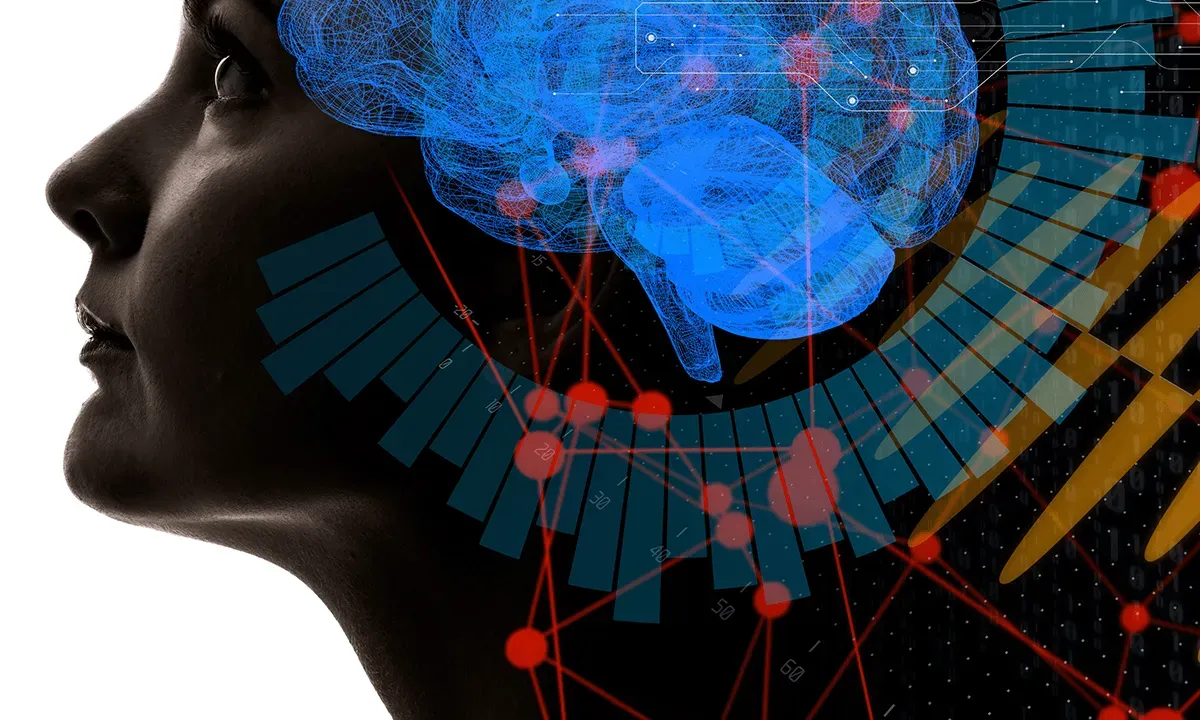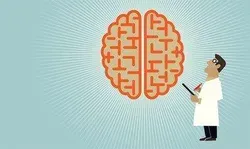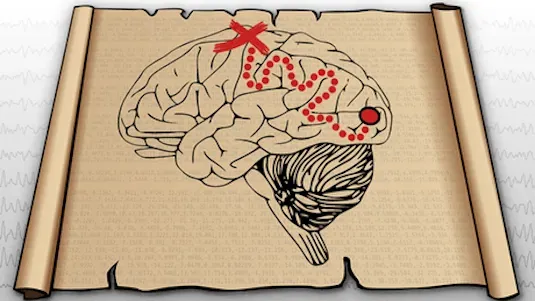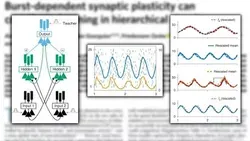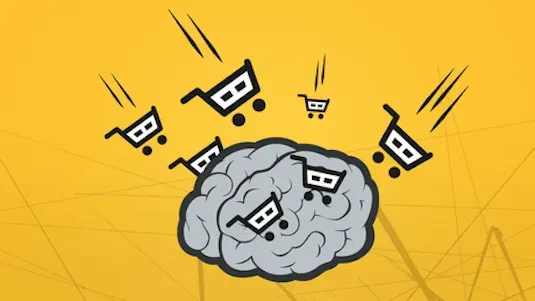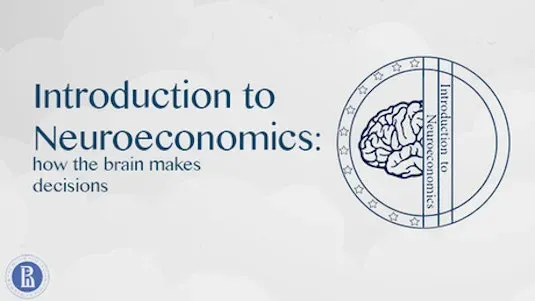
Introduction to Neuroeconomics: How the Brain Makes Decisions

Neuroeconomics is a new field of study that combines economics, psychology, and neuroscience to better understand how the brain makes decisions. By creating a unified theory of decision-making, Neuroeconomics seeks to explain the complex behavior of humans.▼
Course Feature
![]() Cost:
Cost:
Free
![]() Provider:
Provider:
Coursera
![]() Certificate:
Certificate:
Paid Certification
![]() Language:
Language:
English
![]() Start Date:
Start Date:
28th Feb, 2022
Course Overview
❗The content presented here is sourced directly from Coursera platform. For comprehensive course details, including enrollment information, simply click on the 'Go to class' link on our website.
Updated in [March 06th, 2023]
This course provides an introduction to Neuroeconomics, a unified discipline of economics, psychology, and neuroscience. Students will gain a deeper understanding of how they make their own decisions and how others decide. Neuroscience, when allied with psychology and economics, creates powerful new models to explain why we make decisions. Neurobiological mechanisms of decision-making, decisions under risk, trust and cooperation will be central issues in this course. The course does not require any prior study of economics and neuroscience; however, it might require students to study novel interdisciplinary materials. The course provides an introduction to the methodology, assumptions, and main findings of Neuroeconomics.
During each video, students will have to answer some relevant questions. At the end of each module, students must complete a quiz consisting of 15 questions. To pass the course, students must reach a satisfactory standard in all the course modules by completing all graded quizzes and the final exam. In addition to watching video lectures and taking quizzes, students will receive an invitation to join the forum.
Technical problems? Write to us: [email protected]
[Applications]
Upon completion of this course, students will have a better understanding of the methodology, assumptions, and main findings of Neuroeconomics. They will be able to apply this knowledge to their own decision-making processes and to further develop their skills in the field of Neuroeconomics. Additionally, they will have access to supplementary videos to gain insight from leading experts in the field. Finally, they will have the opportunity to join a forum to discuss the topics covered in the course.
[Career Paths]
1. Neuroeconomist: Neuroeconomists are experts in the field of Neuroeconomics, which combines economics, psychology, and neuroscience to create powerful models to explain human decision-making. Neuroeconomists use brain-imaging techniques such as fMRI and TMS to study the neural mechanisms of decision-making, and develop models to explain how people make decisions. This field is rapidly growing, and there is a high demand for Neuroeconomists in both academia and industry.
2. Neuropsychologist: Neuropsychologists specialize in the study of the brain and behavior. They use a variety of techniques, including brain-imaging, to study the neural mechanisms of decision-making and develop models to explain how people make decisions. Neuropsychologists are in high demand in both academia and industry, and the field is rapidly growing.
3. Behavioral Economist: Behavioral economists specialize in the study of how people make decisions. They use a variety of techniques, including brain-imaging, to study the neural mechanisms of decision-making and develop models to explain how people make decisions. Behavioral economists are in high demand in both academia and industry, and the field is rapidly growing.
4. Data Scientist: Data scientists specialize in the analysis of large datasets to uncover patterns and insights. They use a variety of techniques, including machine learning and artificial intelligence, to analyze data and develop models to explain how people make decisions. Data scientists are in high demand in both academia and industry, and the field is rapidly growing.
[Education Paths]
Recommended Degree Paths:
1. Bachelor of Science in Neuroscience: This degree program provides students with a comprehensive understanding of the brain and nervous system, including the structure and function of neurons, the development of the nervous system, and the effects of drugs and other substances on the brain. Students will also learn about the latest research and technologies used in neuroscience, as well as the ethical implications of this research. This degree is ideal for those interested in pursuing a career in neuroscience, such as a research scientist, clinical neurologist, or neuropsychologist.
2. Master of Science in Neuroeconomics: This degree program provides students with an in-depth understanding of the principles of economics and neuroscience, and how they can be applied to decision-making. Students will learn about the latest research and technologies used in neuroeconomics, as well as the ethical implications of this research. This degree is ideal for those interested in pursuing a career in neuroeconomics, such as a research scientist, financial analyst, or consultant.
3. Doctor of Philosophy in Neuroeconomics: This degree program provides students with an advanced understanding of the principles of economics and neuroscience, and how they can be applied to decision-making. Students will learn about the latest research and technologies used in neuroeconomics, as well as the ethical implications of this research. This degree is ideal for those interested in pursuing a career in neuroeconomics, such as a research scientist, financial analyst, or consultant.
4. Master of Business Administration in Neuroeconomics: This degree program provides students with an understanding of the principles of economics and neuroscience, and how they can be applied to business decision-making. Students will learn about the latest research and technologies used in neuroeconomics, as well as the ethical implications of this research. This degree is ideal for those interested in pursuing a career in business, such as a financial analyst, consultant, or executive.
Developing Trends:
1. Neuroeconomics is becoming increasingly popular as a field of study, with more universities offering courses and degree programs in the subject.
2. Neuroeconomics is becoming more interdisciplinary, with researchers from different fields collaborating to gain a better understanding of decision-making.
3. Neuroeconomics is becoming more data-driven, with researchers using data from brain-imaging techniques to gain insights into decision-making.
4. Neuroeconomics is becoming more accessible, with more online courses and resources available to those interested in the field.
Course Provider


